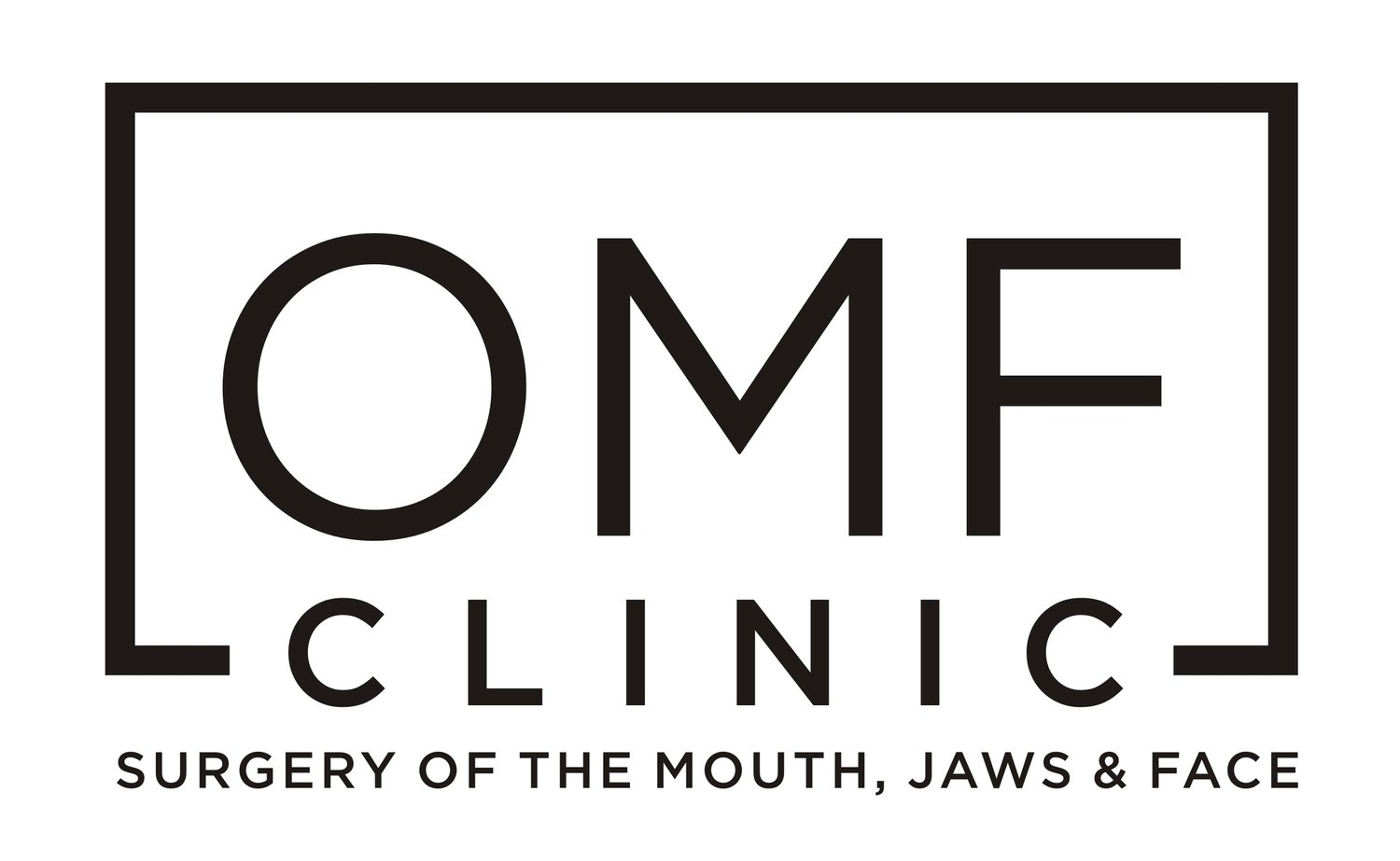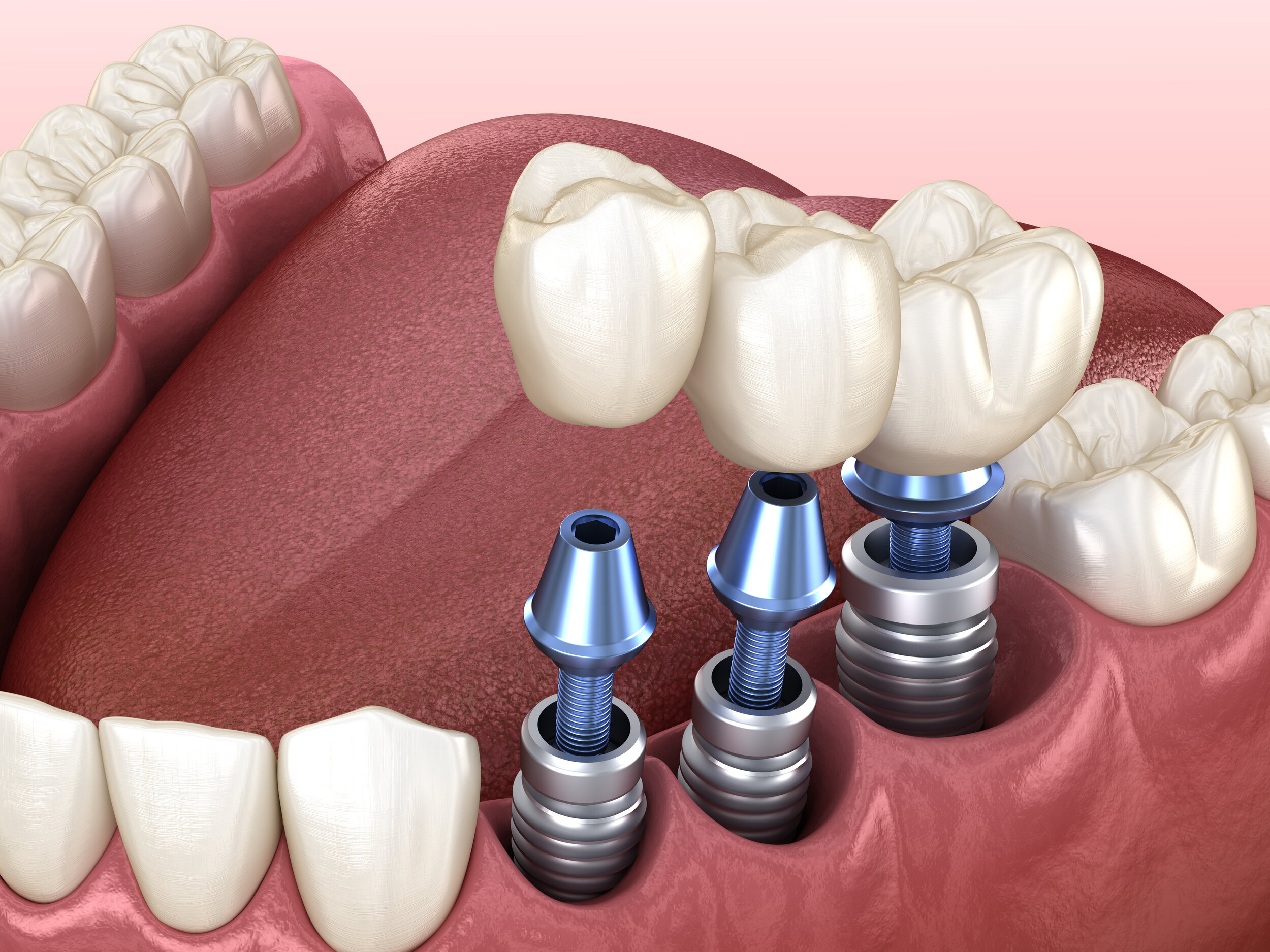DENTAL IMPLANTS
Dental implants are the gold standard replacement for a tooth which is missing. The implant is a titanium screw which is surgically placed into the jaw and acts as the foundation for an artificial tooth. Dental implants can be used to replace a single tooth, multiple missing teeth and even an entire jaw of missing teeth.
If there has been a long time period between tooth removal and implant placement there may be insufficient bone available for a dental implant. In these circumstances bone grafting procedures may then be required at the time of, or prior to, placing an implant. Hence, it is important to consider the timing of implant treatment whenever a tooth is removed.
The time needed to recover from surgery after placement of a single dental implant is minimal. The majority of patients report functioning as usual one to two days after implant placement. Patients having multiple implants placed or undergoing extensive grafting procedures need to allow longer recovery periods.
Patients are often referred to an Oral and Maxillofacial Surgeon by a General Dentist or Specialist Prosthodontist for dental implant surgery. Your surgeon will place the implant which is the foundation for the tooth and your dentist or specialist will add the tooth to the top of the implant when ready. Both your surgeon and dentist will work together to create an optical outcome.
Why get dental implants?
Dental implants are able to restore function and natural aesthetics. They are more comfortable than alternatives like dentures and are less destructive to your surrounding teeth than a bridge.
Replacing missing teeth can improve your smile and self confidence. Missing teeth make it difficult to enjoy certain foods, even using a denture will not allow you to eat all types of foods. With dental implant treatment you will have greater choice of foods to eat and this will allow a healthy and balanced diet.
Dental implants also maintain jaw bone and support facial structure. After teeth are removed there is a tendency for the jaw bone to shrink. This will change the shape of the face with the collapse of soft tissues leading to a sunken facial appearance.
Not only will lost teeth lead to unsightly gaps but there is also a tendency for the surrounding teeth to drift into the gap of a missing tooth. This can lead to further dental problems with spaces forming between other teeth. This can lead to food trapping and an increase in decay and gum disease.


